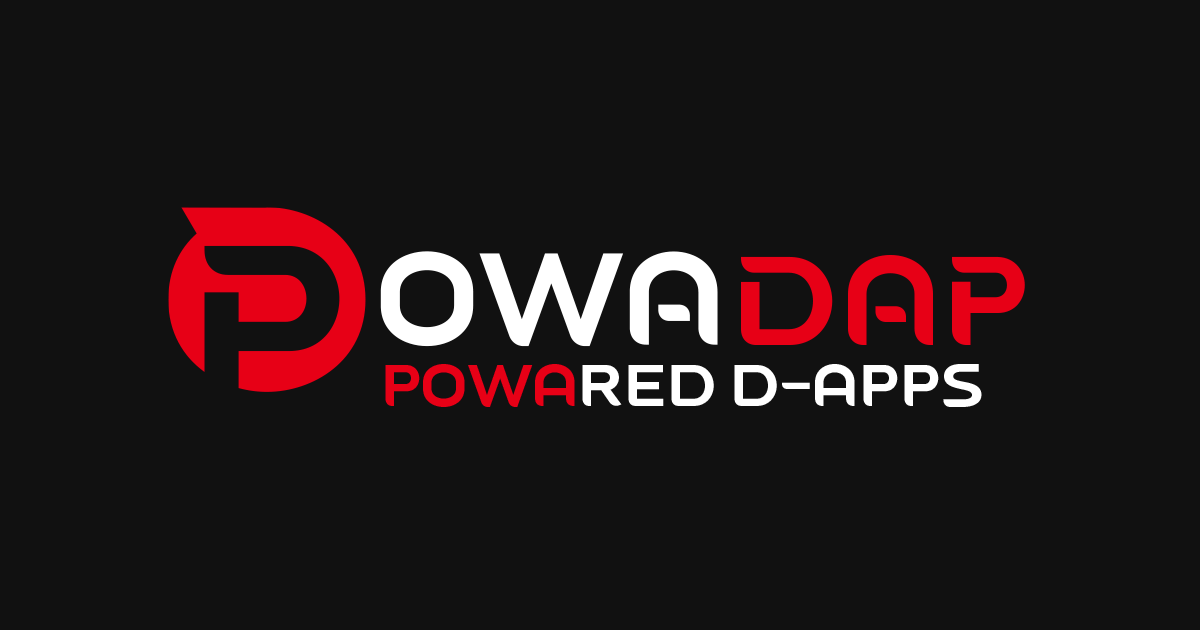The market variables that the common investor of decentralized projects sees are the following: Market Cap (diluted and undiluted), Price, Liquidity and Supply.
What alarms me and leads me to work on this article is a popular theory where an asset is appreciated based on its Market Cap in the first instance, this is where an error is being made that can influence an erroneous appreciation of the market of an asset.
The idea is to explain in a simple and clear way the operation of the market variables that mainly investors take into account to analyze the market.
In this article we will focus on the market variables in a DEX (Decentralized Exchange), we can then work on an article specifically for CEX (Centralized Exchange).
An clarification before starting is that we have to understand that all the factors are interconnected in their calculation so to understand one perfectly it is necessary to understand the operation of the others correctly.
Token Supply
The Supply of a crypto asset, I think, is a concept that most investors understand, although it does not hurt to refresh the theory a little.
The supply of a cryptocurrency is the total number of tokens or coins that exist of that cryptocurrency. This can be static or dynamic and have a maximum number or not.
For example, in the case of cryptocurrencies that correspond to their own network, these have a current supply and through mining new coins are generated, as in the case of Bitcoin that at the time of the note is around 19 million $BTC and a maximum of 21 million $BTC can be generated. In other cases there is no maximum limit on the total number of coins that can be generated.
In the case of tokens that operate within a virtual machine of a network (Smart Contracts) such as Ethereum, Binance Smart Chain, Polygon, etc. these can have a static or dynamic supply depending on how it has been defined in its programming code.
Market Cap
The Market Cap (MC) of a cryptocurrency is a reference value that we have to analyze with special consideration, it is not necessarily defining a variation in the appreciation of an asset in the market, nor price changes. Here is a quick definition:
It is a reference calculation on the price of relative to the entire supply of a token. It is calculated by multiplying the price of a single currency by the total number of coins in circulation.
It is not necessarily indicating the price or appreciation of an asset because:
In the part of the supply is where we must have a careful analysis of this variable, since being connected to this factor can confuse inexperienced investors about changes in what this indicator shows. I will try to explain this, but keep in mind that it is necessary to understand the following concepts in this article to have it totally clear.
We will go with some examples of how the Market Cap can be a reference value that confuses investors:
1) I have a token, let’s call it Testing Token ($TESTING), where I have decided to have an absurdly huge supply and I decide to add liquidity in the BNB pair of 100 $TESTING x $BNB (the issue of liquidity we talked about a little later), but the important thing here is that we will have an absurdly large Market Cap too (I’m not sure if there is so much money in the world 😂) as we can see in the following image:

2) Token burning and minting functions, here we have another clear example of how the Market Cap can be a misleading indicator to value a project and in this particular case it is something that competes with me in one of the tokens I handle (Powabit Token).
As i mentioned before, the calculation of this indicator is obtained by multiplying the price of a token by the total supply (here it is subdivided into other two subindicators that we explain below). Therefore, what happens when we burn tokens with a reduction function of supply?

If you understood well what is being said so far, you will suppose that the Market Cap indicator will go down, since there are fewer tokens to multiply by the price, but as benefits to holders is that since there are now fewer tokens, your previous participation is appreciated more in terms of your percentage participation.
In the case that new tokens are generated (mint), the result is the opposite, since there is more supply to multiply by the price, the market cap will tend to go up.
The price of the asset is not altered in either of the two processes, since the price in a DEX is determined based on liquidity.
Market Cap and Diluted Market Cap:

Surely some investors who visit platforms such as CoinMarketCap, among others, have seen two indicators of market capitalization differentiated: Market Capitalization on circulation and Fully diluted Market Capitalization. The difference is that the former is based on the calculation of the tokens of possible circulation in the market and the diluted takes into account the tokens sent to the Dead Wallet (there are some projects or holders who “burn” tokens in this way, which does not reduce the supply, but “inactivates” those tokens in an “eternal holder”).
Before continuing, I think it is important to have made emphasis and explained in detail this indicator, since many new investors are confused when taking as an absolute reference this value, also being victims of visual manipulations in what they considered a “key indicator” of the market.
In this way we see clearly that a Market Cap can be a trap of appreciation of a token if other variables relative to a token are not taken into account.
Token Liquidity in DEX
The liquidity of a token on a DEX is divided into pairs between two assets and on average then defines the price of a token. To understand the calculation of the liquidity of a token, we must understand what a Liquidity Pool is:
A Liquidity Pool (LP) is the way of referring to the deposit of cryptocurrencies that is made on a smart contract, and that serves to provide liquidity in the exchange operations of the deposited assets.

In other words, we have smart contracts apart from our token (belonging to a service such as Uniswap, PancakeSwap, etc.) where each one stores tokens of a project and another token of reference value for the ecosystem (generally $wBNB, $BUSD, $USDT, etc.), this defines the structure of a liquidity pair.
PD: In liquidity pools usually Wrapped BNB is used instead of BNB itself, since the former converts the network currency into a token that is necessary for the management of the smart contract that calculates the liquidity ratio.
A liquidity pair is the ratio between two assets available in the smart contracts that we mentioned before such as for example $POWA/$wBNB, $POWA/$BUSD or $POWA/$USDT. Each of the pairs determines a proportionality ratio and value based on the quantities of the 2 tokens in the market, which then leads to determine a price reflected in the market.
Let’s take a simple and hypothetical example:
Inside the $POWA/$wBNB pair contract we have 1000 $POWA tokens and 10 $wBNB.
The proportionality ratio would be: 1000 $POWA divided 10 $wBNB.
Which would give us 100 $POWA x each $wBNB or 1 $wBNB for each 100 $POWA.
Or in the case of making an inverse division: 0.01 $wBNB for 1 $POWA.
This ratio is the basis for calculating the price later in USD or another fiat currency, if we take into account a $BNB market price for example at 270 dollars, the calculation to obtain the price based on this pair is the following:
1 $wBNB are 270 dollars
100 $POWA are 1 $wBNB
So 100 $POWA are 270 dollars
Each $POWA would be worth 2.70 dollars (270/100).
Another very important point to consider, it is logical, but sometimes we go unnoticed is that the price calculation is tied to the price of the asset inside the liquidity pair, clearly in the example case, if the $BNB price goes down or up, so will the price of the token tied to that pair.
As we mentioned, the proportionality between the different liquidity pairs will generate a final price of an asset for a DEX.
What happens when an asset is “sold and bought”?
When transactions are made within the DEX markets you are interacting directly with the liquidity pool.
Continuing with the previous example:
When you buy you are requesting $POWA from the LP in exchange for us supplying for example $BNB (which is automatically converted to $wBNB from an intermediate contract of the PancakeSwap service in this case), this makes the ratio change by having less $POWA and more $wBNB, making the price go up.
When you sell it is the inverse process, you are taking out $wBNB and sending $POWA to the contract, making the price go down.
An important point to consider in terms of LP is that there must be a healthy ratio and quantity of both tokens of the pair, if for example in the case of the example inside the contract there were very few $POWA it could generate problems when trying to buy (if a buy request exceeds the amount available in the pool) and if there were very little or no $wBNB when reaching 0 of $wBNB the price literally collapses to 0 dollars, since any number divided by 0 is indivisible, so it is automatically considered in the market as a price of 0.
Token Price
The price of a token on a DEX is calculated based on the proportion of liquidity pairs as explained in a previous point, as we said at the beginning of the note, most of the indicators are deeply interconnected, so it is complicated to explain one point without referring or detailing another point in the middle.
On a DEX we already know that it is calculated in relation to the division between the liquidity pairs of the main token and another token that has a value in the market.
Unlike what happens on CEXs where the price is determined based on the last buy and sell order executed within a pair of tokens, but this is already a subject for another article where we will talk in depth.
FINAL CONCLUSION:
I think we can conclude that there are indicators such as Market Cap and Price that are the result of the functionality of other factors such as Supply and Market Liquidity.
For my part, I think that to evaluate the appreciation of an asset on a DEX the first point to consider is the Market Liquidity over time, it is what will definitely tell us if capital is invested or withdrawn from the asset.
The other indicators are relative to different factors as explained and should not be exclusive points for the consideration of an investment.
Another important point before investing is always to do a fundamental analysis of a project if possible, both of the proposal, team, contract capabilities and other variables that we will treat in new articles later.
With this I say goodbye for now, do not forget to share it with your acquaintances to spread the knowledge. Greetings!








10 Responses
Best of luck!